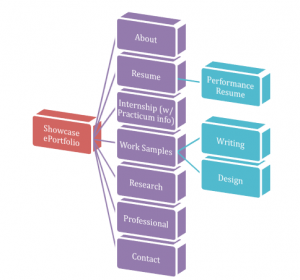AAD 585 Multimedia In Arts Administration
January 24th, 2012
30-60 second VideoPlay Assignment
Here is the link for my VideoPlay assignment. I’ve made the video private because it contains music from a video recording I took of a live performance by musician Reggie Watts. I didn’t get permission from Reggie, and I don’t know if he would want the audio available to anyone on the internet (actually, I don’t think he would mind, but just to be safe…). The password is NYC.
The performance session from which I took the music was during a conference I recently attended: the Association of Performing Arts Presenters in New York City. Reggie (whom I have seen before in Portland) is an excellent performer, and he excels at improvisation and freestyling. The song I chose to excerpt featured a large chunk of improvising about New York. I thought it was fitting, so I used it to accompany images of some of my best moments on the trip. Separating the audio from the video was the most time-consuming and difficult part of the process of making this video. For some reason, iMovie (the program I used to make the video) wouldn’t let me detach the audio from the video. I eventually figured out that I could import the video into GarageBand and separate the audio in that program. I’m familiar with GarageBand already, so manipulating the audio after it was detached was a cinch. I used the image processor function in Photoshop to make all my images uniform in size and resolution, and it was there that I added the wood frame look. Finally, I spent a decent amount of the time adding different headings to each photo. It’s not necessarily a “clean” look, because I used four different heading styles, but I just couldn’t help myself! Next time I use iMovie, I would like to experiment with the voiceover function, and try different kinds of transitions. For this assignment, I kept it pretty basic. I had a lot of fun making this video.
